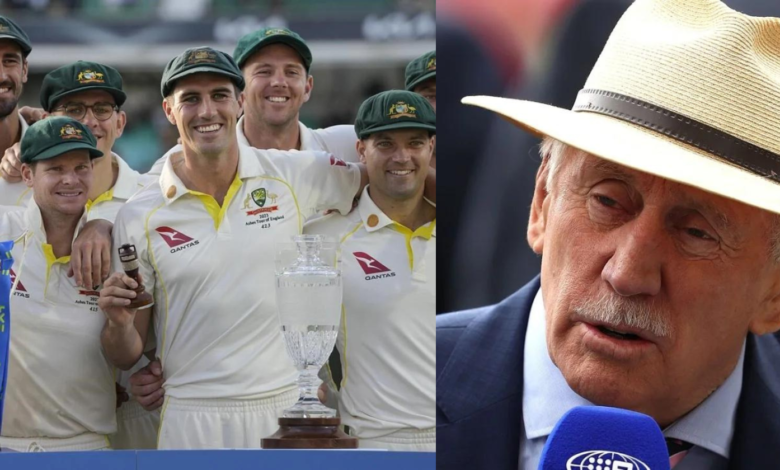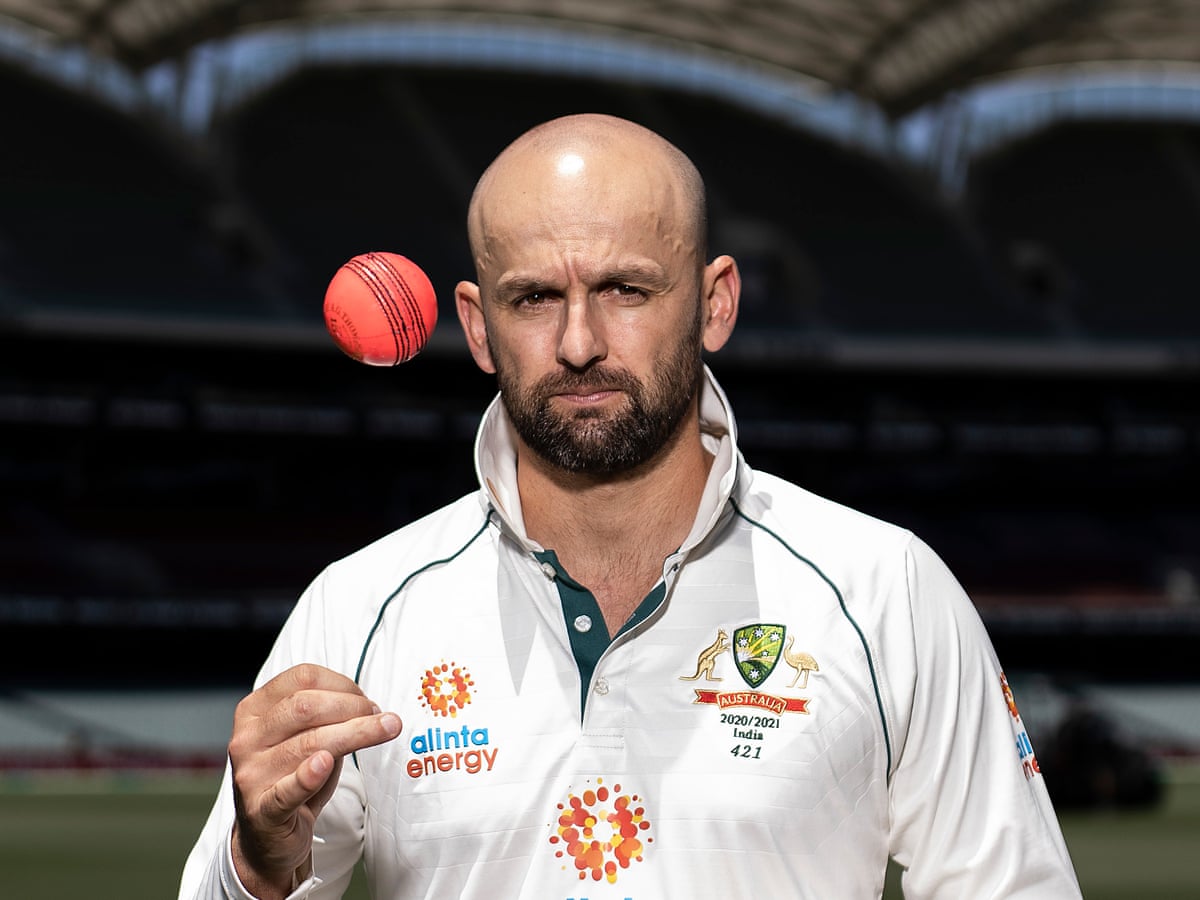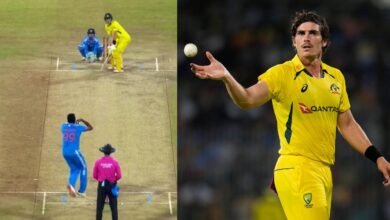
Ian Chappell Highlights A Big Warning Sign In Australia’s Line-Up: Legendary Australian captain Ian Chappell recently expressed his opinion on the scarcity of leg-spinners in Australia’s Test cricket line-up. Chappell believes the captains’ defensive strategies are to blame. Australia, home to the greatest leg-spinner in Test cricket history, Shane Warne, has struggled to find a reliable wrist-spin option since the retirement of Warne and Stuart MacGill.
Chappell argues that recent captains have yet to fully understand the potential and artistry of leg spinners. For the past decade, Australia has leaned heavily on Nathan Lyon for their spin bowling needs. However, Lyon’s recent calf injury during the 2nd Ashes Test laid bare the vulnerabilities in Australia’s bowling attack. This loss of control enabled England to recover from a 2-0 deficit, resulting in a series draw.
Chappell expressed his concerns, saying, “I don’t know whether it’s just the lack of wrist spin bowling or whether it’s the lack of will in the captains to give them a chance.” He continues, indicating that the lack of understanding is not the sole issue. He suggests it’s a combination of multiple factors. Chappell’s criticism doesn’t end there, as he further questions the decision-making of some captains.
In his view, their willingness to concede singles while attempting to save boundaries is misguided. He argues, “What is better, giving up a couple of boundaries in an over or six easy singles? You can’t give a good batter easy singles, particularly early in their innings; you’ve got to be trying to get them out.”
YOU MAY ALSO READ: Moeen Ali denies Brendon McCullum’s request for this huge interest of England’s Team
Ian Chappell recently expressed his opinion on the scarcity of leg-spinners in Australia’s Test cricket line-up

Chappell further emphasizes the need for courage and boldness from captains when it comes to employing wrist spinners. He notes that the increase in limited-overs cricket may deter captains from using wrist spinners due to perceived higher costs. These views were shared by Chappell in an interview with Wide World of Sports.
Mitchell Swepson, a leg-spinner, has previously had a shot in Australia’s Test team, but his record is modest, having claimed just ten wickets in four matches. The question remains, however, whether the issue lies with the lack of capable leg spinners or if it’s more to do with the strategies and understanding of their captains.
In conclusion, Chappell’s critique provides valuable insight into Australia’s current struggles in their bowling attack, specifically their lack of successful leg-spinners. His comments pose a challenging question for future captains and selectors: how can they better understand and utilise the unique skill set of wrist spinners? Only time will tell if they will heed Chappell’s advice or continue with their current strategy. As the discussion continues, it will be fascinating to see how Australia’s approach to spin bowling evolves in the future.




